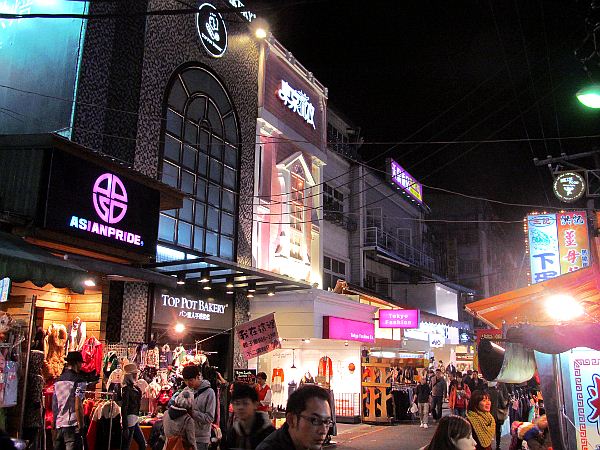 If you have been following me from twitter you may have noticed I’m not in Tysons currently. In fact I am on the opposite side of the world in Taipei, Taiwan. The city has really boomed over the past two decades into a technology hub for southeast Asia with a robust economy. Much of that growth has begun from the heart of the city, the core to which all commerce is derived. In order to understand why Taipei has outpaced Hong Kong, Singapore, and even Beijing in innovation and technology, we must look at what makes Taipei. Why has this city become a magnet for the best in Southeast Asia.
If you have been following me from twitter you may have noticed I’m not in Tysons currently. In fact I am on the opposite side of the world in Taipei, Taiwan. The city has really boomed over the past two decades into a technology hub for southeast Asia with a robust economy. Much of that growth has begun from the heart of the city, the core to which all commerce is derived. In order to understand why Taipei has outpaced Hong Kong, Singapore, and even Beijing in innovation and technology, we must look at what makes Taipei. Why has this city become a magnet for the best in Southeast Asia.
 In the 1970s and 80s Taiwan was a pioneer nation in outsourced manufacturing. The country evolved with their new found international standing from cheap labor source to an educated and capable economy. Today semi-conductors, electronics, and consumer goods are created here, not just manufactured here.
In the 1970s and 80s Taiwan was a pioneer nation in outsourced manufacturing. The country evolved with their new found international standing from cheap labor source to an educated and capable economy. Today semi-conductors, electronics, and consumer goods are created here, not just manufactured here.
The city has also grown with this more refined economy. Unlike many of the industrial capitals of the world, Taipei is clean, far less chaotic, and manicured. The subways are immaculately maintained by a local authority which realizes that world class infrastructure is a draw for business.
 The balance between transportation forms; vehicular, bus, light rail, heavy rail, and even mo-peds are masterfully interwoven and handled via a city plan which is capable of coordinating it all. There is traffic, as is the case in all cities, but much of the congestion is avoided by proper density at mass transit hubs, while less dense regions are addressed via typical vehicular access.
The balance between transportation forms; vehicular, bus, light rail, heavy rail, and even mo-peds are masterfully interwoven and handled via a city plan which is capable of coordinating it all. There is traffic, as is the case in all cities, but much of the congestion is avoided by proper density at mass transit hubs, while less dense regions are addressed via typical vehicular access.
Most notably is the power of the pedestrian. There are many areas where it is evident the pedestrian is given priority. Intersections have diagonal cross walks, a concept which has infuriated DOT traffic engineers across the US. Why? Because when there are diagonal cross walks there are no cars moving for 30 to at time 60 seconds.
 This is something traffic engineers call wasteful, but in a city the reality is they are efficient. By releasing pedestrians all at once, you avoid the interference that occurs between people and cars and can actually process more of both.
This is something traffic engineers call wasteful, but in a city the reality is they are efficient. By releasing pedestrians all at once, you avoid the interference that occurs between people and cars and can actually process more of both.
Taipei works because it balances the needs of all its residents, not just commuters who live farther from the city center. When you look at each part of the city the cost of what it takes to create something of its nature is staggering but without that investment it would fall apart. Without the city that rose from that manufacturing beginning the people of Taipei would still live in an industrial landscape instead of leading the world in advanced planning concepts.


